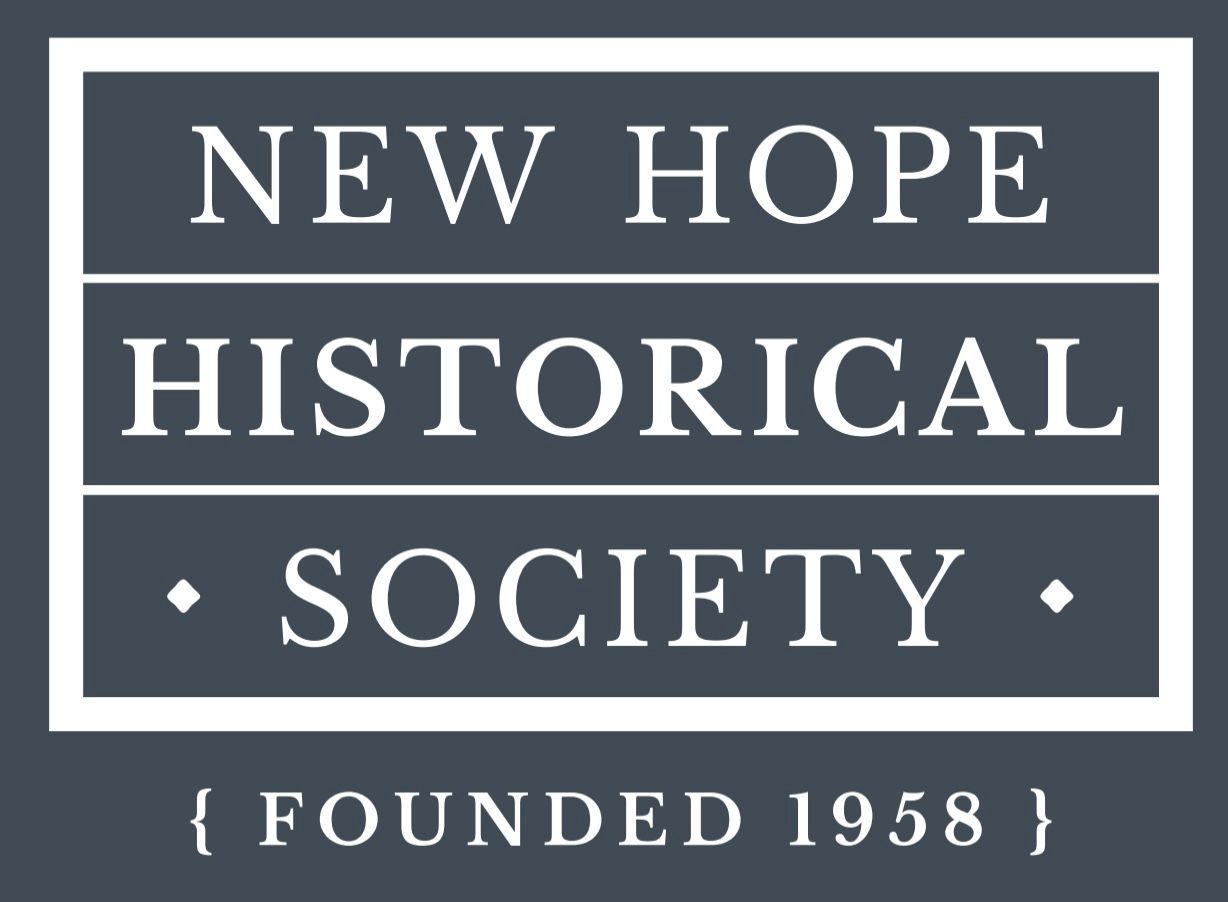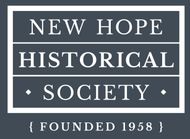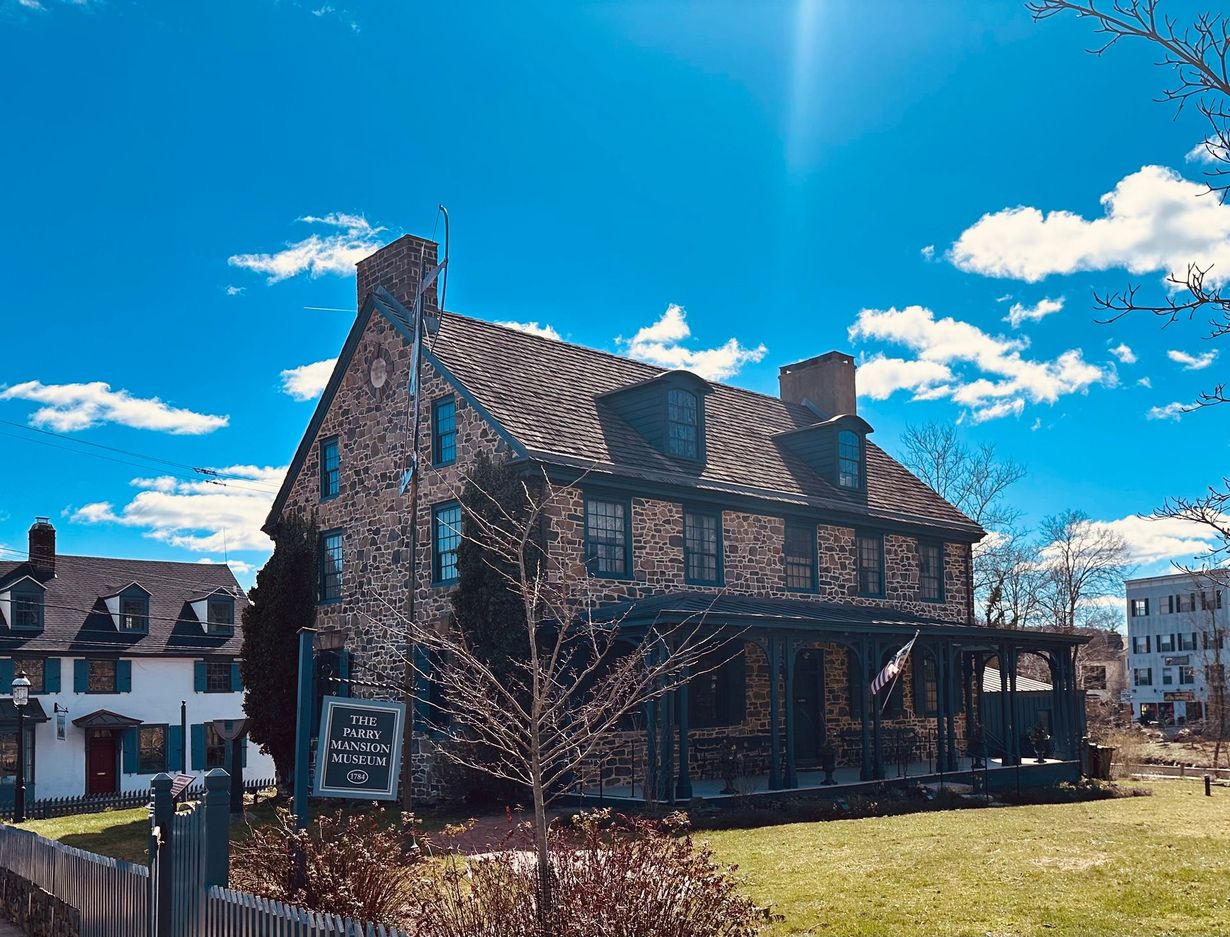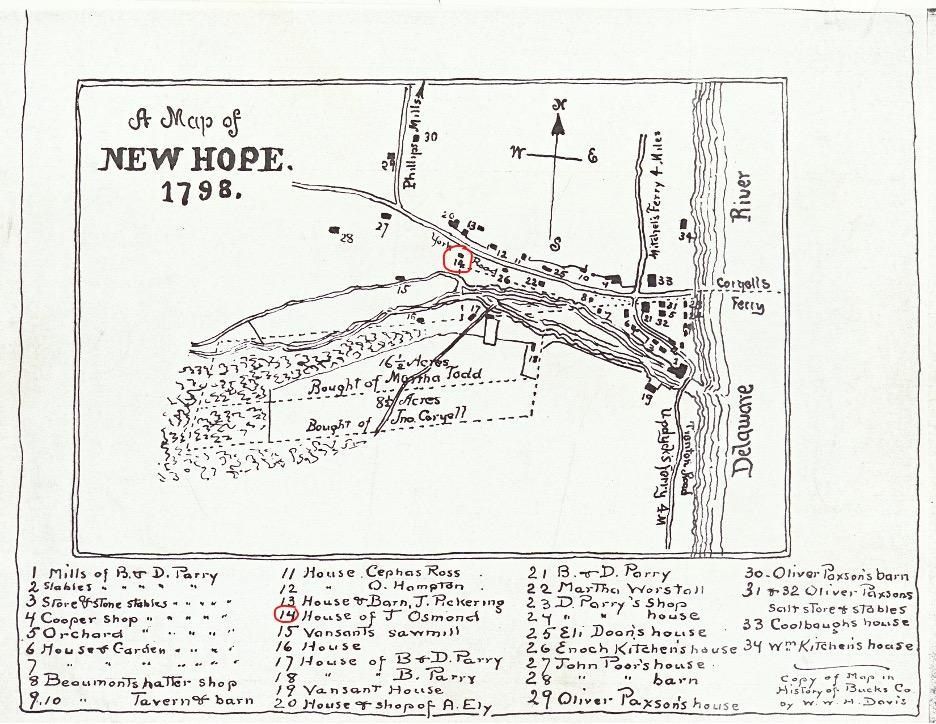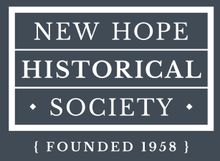Celebrate the Start of the Holiday Season with Us!
Join the New Hope Historical Society as we kick off the holidays with two enchanting events that capture the warmth and spirit of the season:
• Victorian Holiday Traditions Talk
• The Annual Spirited Tea
These festive gatherings celebrate the joy of community, family, and friendship—hallmarks of the holiday season. Step back in time and immerse yourself in the charm and elegance of the 19th century.
To register or purchase admission please click directly on the image.
About Us
The New Hope Historical Society is committed to a twofold mission.
To preserve and promote the diverse historical influence of New Hope through our stewardship of historic collections, research, and educational activities so that succeeding generations may benefit from our shared knowledge of local history.
To maintain, protect and preserve the Parry Mansion and affiliated structures as a window into how past generations lived, while conserving and offering a collection of documents, objects, and paintings available for viewing through tours and exhibits.
Recent News
Read Our Latest Updates
We have recently updated our website to provide a more engaging experience to members, visitors, donors, or those who want to be educated on the history of New Hope. It should be easier to contact us, join as a member, purchase tickets to events, or donate to the New Hope Historical Society. Over the next several months, we'll be adding our calendar of events, plus additional photos, and information from our archives.
In the meantime, make sure to visit the New Hope Historical Society, take a tour of the Parry Mansion, or take a walking tour of our town.
We hope to see you soon.
